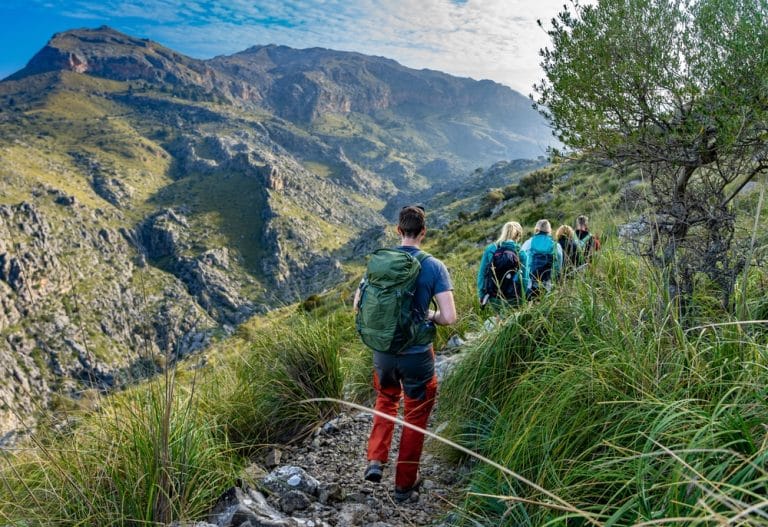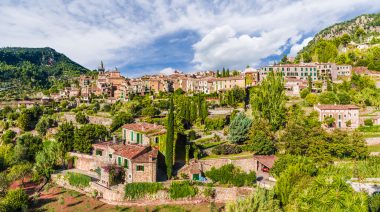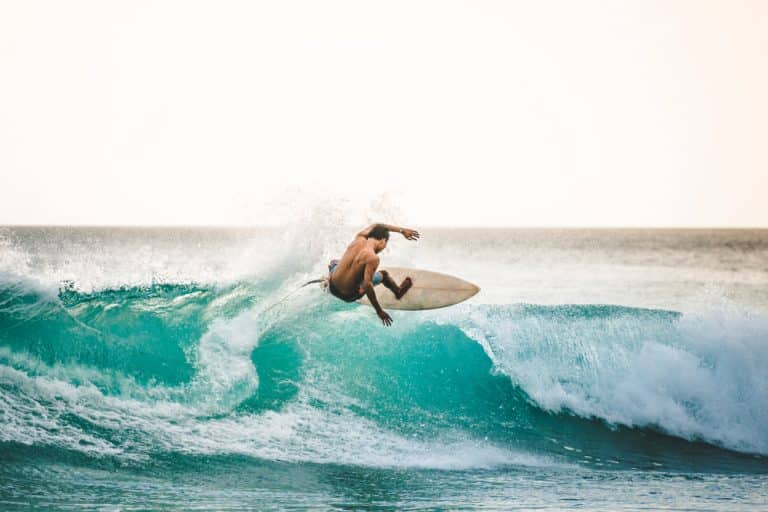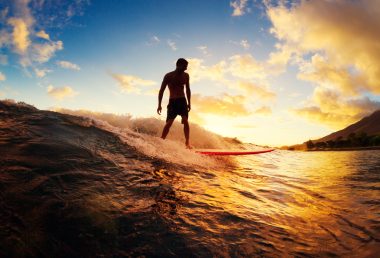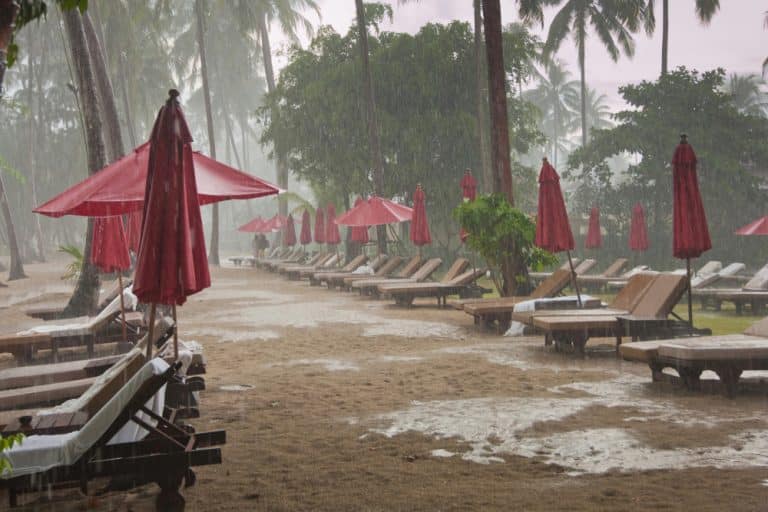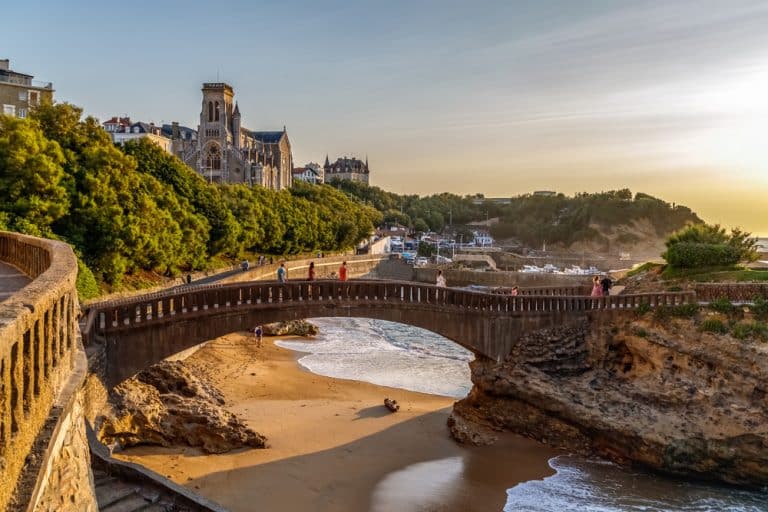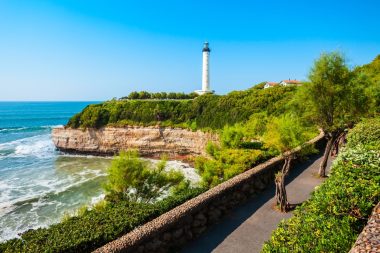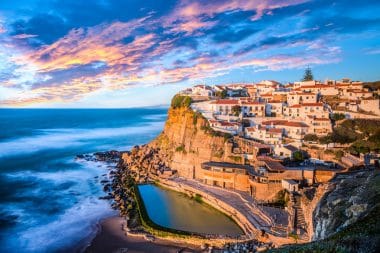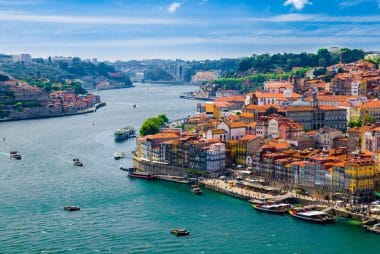Whether in the Caribbean or in Spain – remote work allows many people to choose their place of work, even if it is abroad. Many Caribbean island states are expensive and rather inaccessible to interested foreigners. Spain, Mexico, Georgia and the Bahamas, on the other hand, welcome digital nomads with open arms.
Hamburg, 13 March 2023 – Working where others go on vacation – the lame advertising slogan has long been a reality for digital nomads. This is the name given to employees who can carry out their work entirely via the Internet. And the offers to escape the German late winter are becoming more and more attractive: Mauritius and Georgia , for example, lure with free visa offers. The Hamburg-based technology company WorkGenius (www.workgenius.com) has compared the conditions of visa offers for digital nomads from 41 countries that offer short-term work permits for foreigners. Conclusion: A lot is possible, but there are big differences in the details.
Only in Georgia and Mauritius is the visa free of charge
Georgia is considered an insider tip among experienced digital nomads. The country on the eastern shore of the Black Sea offers a completely free visa for citizens of 95 nations. The processing time is usually only a few days and can be handled online. In Georgia, all costs are comparatively low, the climate is pleasant and the nature is diverse. The visa is valid for one year. To be admitted, interested parties must prove a monthly income of 1,885 euros or a bank balance of 22,617 euros.
Digital nomads who like it more exotic will find a suitable alternative in the East African island state of Mauritius. The local government also offers a free visa that can be applied for online. The authorities promise a processing time of 48 hours for the “Premium Travel Visa”. It is valid for six to twelve months and can be extended by three months. Apart from the generally used documents, such as proof of insurance and accommodation, applicants hardly have to meet any requirements here. For example, there is no necessary minimum income or assets, as is the case elsewhere in 32 of the other countries surveyed.
The highest visa costs are due in the Caribbean
A comparison with Barbados and Anguilla shows how different the conditions for digital nomads can be. In both countries, individuals pay about 1,882 euros each. In an international comparison, these are the highest visa costs. For both island states, the validity of the visa is one year. While Anguilla does not ask for information about the applicants’ income, the authorities in Barbados require verifiable net income of at least 47,150 euros per year.
With Grenada, another Caribbean state is among the top three most expensive visas. Individuals pay about 1,414 euros. In addition, the local government requires proof of income of at least 47,150 euros per year. You will receive a two-year visa for this.
Up to ten years: You can stay the longest in Thailand
In Thailand , access to the so-called “Long Term Residency Visa” is extremely strictly restricted. But it is a very powerful document that allows its bearers to stay in the country for ten years. Top place in the ranking.
In Spain , the new “Start-up Law” has been in place since January, which regulates the conditions for digital nomads in a binding manner. According to this, the Spaniards now allow a stay of up to five years, second place in the long-term ranking. Afterwards, there is the possibility of acquiring citizenship. Portugal shares third place with Mexico, where the stay can be extended to up to four years.
The shortest stay, on the other hand, is allowed in Aruba . After only 90 days, the visa in the Lesser Antilles expires and there is no possibility of extension. In any case, there are tax law framework conditions for employees abroad and their employers, which must be clarified in any case before taking your work abroad.
For digital nomads with a passport from a European Union state, separate rules apply anyway. No visas are required within the framework of freedom of movement and residence. As an EU citizen, you can work in any member state without a work permit, provided that certain requirements are met.
“Here today, there tomorrow: As a digital nomad, the world is literally your oyster. Many employers are still offering their employees the opportunity to do their jobs completely remotely even after the pandemic. Perfect conditions for a life as a digital nomad. This is also one of the great advantages of working as a freelancer: You can usually choose your own place of work, working hours and employer.”says Daniel Barke, founder and Chief Product Officer of the WorkGenius Group, “our platform makes this particularly easy for freelancers by suggesting assignments that match their skills. This allows freelancers to choose jobs that fit their lifestyle as digital nomads.”
All other results of the study can be found here:
workgenius.com/de/freiberuflich-im-ausland-hier-sind-digitale-nomadinnen-willkommen/
About this study
For the study, visa regulations of 41 countries worldwide were examined, which explicitly offer visas to digital nomads or offer visas that are designed in such a way that digital nomads can pursue their lifestyle in the respective country. Since visa regulations change dynamically, we do not claim to be complete.
The cut-off date for the investigation was February 20, 2023. Amounts of money were converted into euros on 23.02.2023 and may be subject to fluctuations according to the exchange rate.
About WorkGenius
The Hamburg-based scale-up WorkGenius operates a fully automated and AI-based end-to-end freelance solution for freelancers and companies. The WorkGenius platform creates the framework conditions for efficient collaboration between freelancers and companies. Thanks to skill-based matching, companies can find suitable highly qualified top talents for their projects. WorkGenius was founded by Daniel Barke and Marlon Rosenzweig, initially as a placement agency for student jobs. From the very beginning, their mission has been to enable people to become self-employed solely on the basis of their professional skills and at the same time to support companies in completing their projects quickly and efficiently. The scale-up employs almost 300 people. Over 500 customers trust the platform, including DAX 40 corporations and top companies, such as Meta, Amazon and Ralph Lauren.
Further information: www.workgenius.com



